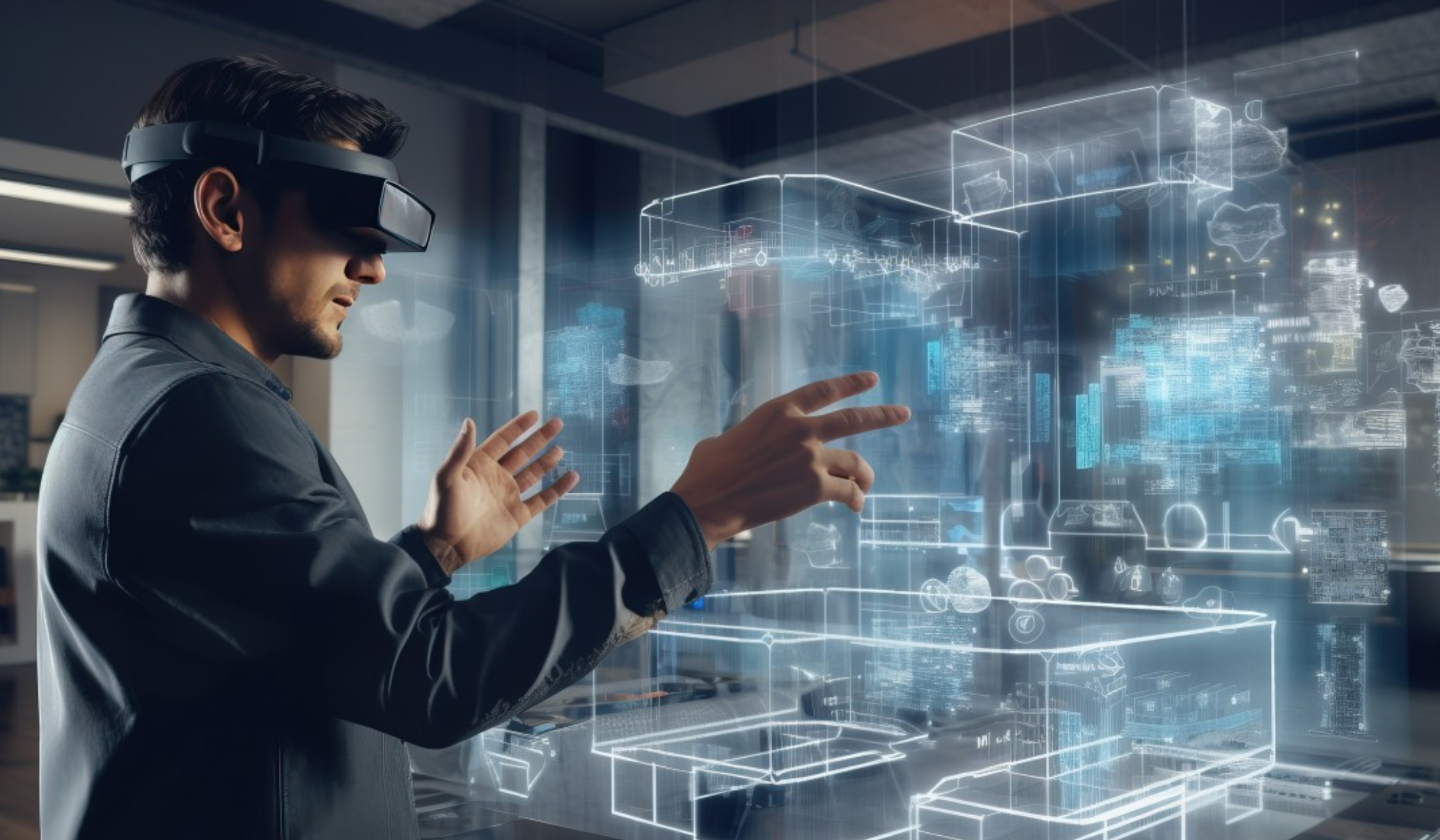The Role of Virtual Reality in Real Estate Sales
https://buymeacoffee.com/kaysogy/the-role-virtual-reality-real-estate-sales

The real estate industry is experiencing a digital revolution, and Virtual Reality (VR) is at the heart of it. In 2025, as property markets become increasingly competitive and globalized, real estate professionals must adopt cutting-edge tools to attract and engage buyers. Virtual reality is doing just that make it possible to showcase properties like never before. From immersive property tours to architectural walkthroughs, VR is changing how properties are marketed, purchased, and sold. When used in combination with online property listings, real estate mobile apps, and digital property management, VR significantly shortens the buying cycle and broadens the pool of potential clients. Let’s explore how this innovative technology is shaping the future of real estate sales.
1. Enhancing Online Property Listings with Immersive Tours: Traditionally, photos and videos were the go-to tools for showcasing listings. Today, VR offers a 360-degree walkthrough, allowing prospective buyers to explore every corner of a property virtually boosting engagement and reducing the need for physical visits. These VR tours can be integrated into online property listings, making your offers more attractive and modern.
2. Expanding Reach Through Remote Property Inspections: With remote property inspections, international or out-of-town buyers can view properties in detail without physically traveling. VR bridges the geographical gap, providing realistic experiences that build buyer confidence. This feature is especially useful in markets where buyers rely heavily on digital-first impressions before making purchase decisions.
3. Speeding Up the Decision-Making Process: VR tours save time for both buyers and sellers. When a potential buyer can virtually tour a home and evaluate its features independently, it reduces unnecessary showings and speeds up the home-buying process. By using real estate automation to follow up with interested leads, agents can close deals faster and more efficiently.
4. Helping Buyers Visualize Home Renovation Ideas: Many buyers struggle to see the potential in a property. With VR, you can present home renovation ideas or multiple layout options using 3D models and interior renderings. This is particularly valuable for fixer-uppers, where the visualization of possibilities can make or break a sale.
5. Boosting Confidence for First-Time Homebuyers: First-time homebuyer advice often includes visiting multiple homes and getting a feel for layouts. VR gives new buyers the chance to explore various properties comfortably, reducing the intimidation factor and helping them become confident in their choices. This digital experience adds clarity and reassurance to what can otherwise be an overwhelming journey.
6. Elevating Interior Design Inspiration and Staging: Virtual staging allows sellers and agents to showcase different interior design inspirations without moving a single piece of furniture. With VR, potential buyers can see how the space might look with modern design trends, which improves emotional connection and appeal. It also saves costs compared to physical staging.
7. Streamlining Digital Property Management for Agents: For real estate professionals using digital property management tools, VR becomes an extension of service quality. Instead of scheduling dozens of viewings, agents can offer VR previews, qualify serious buyers, and manage listings through cloud-based real estate solutions. This streamlined approach enhances efficiency and client satisfaction.
8. Integrating with Real Estate Mobile Apps: Real estate mobile apps are increasingly integrating VR capabilities, allowing users to view properties on the go. With a smartphone and VR headset, buyers can tour homes at their convenience expanding reach and improving lead conversion rates. Apps with this feature stand out in today’s mobile-first landscape.
9. Supporting Sustainable Real Estate Practices: Using VR reduces the need for fuel-consuming property visits, making it a strong partner in promoting sustainable real estate. It aligns with eco-conscious buyers’ values and enhances your brand as forward-thinking and environmentally responsible. It’s also cost-effective, saving resources for agents and sellers alike.
10. Improving Security and Data Tracking: Modern VR systems integrate with real estate data security protocols. Buyers’ activity can be tracked (with consent), allowing sellers to gather valuable data about which parts of a home attract the most attention. This feedback helps improve listings and marketing strategies in real-time.
Conclusion: Virtual reality isn’t just a flashy tech gimmick but a powerful tool for driving real estate sales, enhancing buyer experiences, and speeding up the transaction process. From remote property inspections to interior design inspiration, VR is revolutionizing how properties are marketed and sold. As competition grows fiercer, incorporating VR into your sales strategy will not only set your brand apart—it will also attract organic traffic, improve SEO performance, and ultimately result in faster and more profitable closings.
Comments
Post a Comment